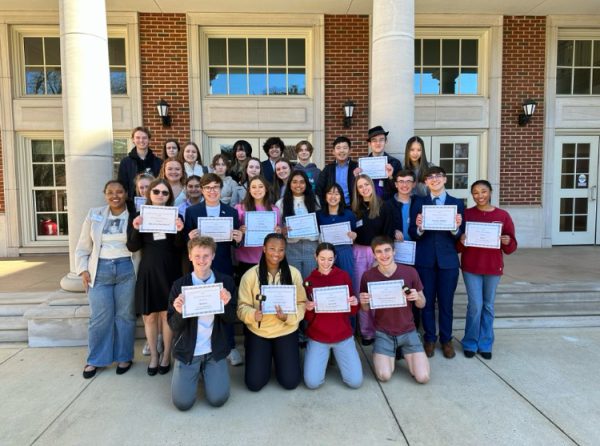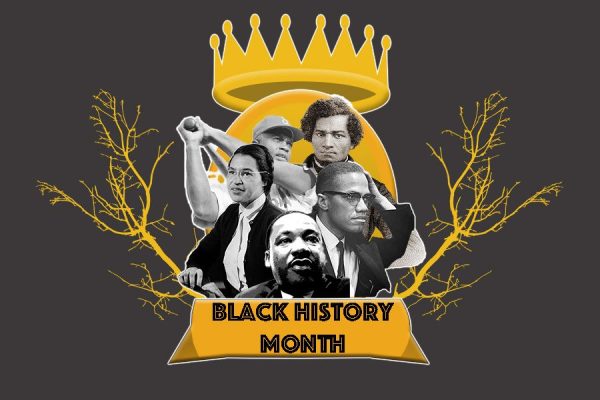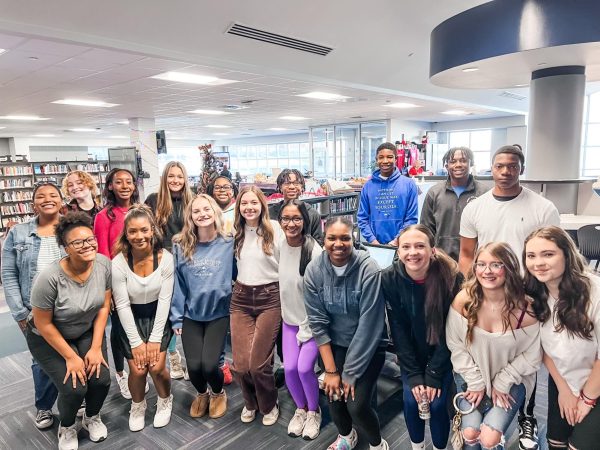Opioids: A Problem at Home and Beyond
December 19, 2017
Recently, the state of Alabama joined several other states in a lawsuit against opioid manufacturers; however, the abuse of opioids is nothing new. In the mid 1850’s, the Opium Wars were fought between the opium-trading British Empire and China. The Chinese emperor sought to suppress the trade of opium in China because it was too addictive and made people unproductive. At the beginning of the twentieth century, Civil War veterans were treated with morphine and were subsequently hooked on opioids. The Bayer Co. produced heroine on a commercial scale as cough suppressants.
Until recently, it hasn’t been a crisis. However, due to opioids being widely distributed as painkillers, it has exploded into an epidemic. Facts about the drug’s addictiveness were unclear or ignored, and when those facts were finally revealed, however, it was too late. For years, doctors over-prescribed opioid painkillers. The painkillers are consisted of synthetics such as hydrocodone, oxycodone, fentanyl and naloxone.The monitoring of these prescriptions was little to none which led to widespread abuse. According to the National Institute on Drug Abuse, “In 2015, more than 33,000 Americans died as a result of an opioid overdose…” Far more are addicted; in 2015 alone, roughly two million people suffered from addiction to the poppy plant product. The sharing of the injected opioids has also contributed to the spread of infectious diseases such as HIV. While there is an antidote for an opioid overdose, the epidemic rages on.
The crisis has also directly and indirectly affected individuals of Bob Jones. While a small sample size, in a survey of eleven random Bob Jones students, a third answered that they know or are related to someone struggling with addiction. Tragically, in the past three years alone, approximately twenty Bob Jones graduates passed away because of opioid-related overdoses. A friend to some of the deceased and a 2012 Bob Jones graduate, Ashley Caccavale, reflected on her experience in coping with friends who struggled with addiction. When asked about witnessing the effects of addiction and how it affected her, she recounted, “It’s one of the worst feelings in the world. Not just the overdose. But the entire experience. Loving someone who is an addict, it’s heartbreaking. Losing someone from their addiction, makes you question your beliefs, and people around you. You change too.” She further commented that one of the biggest problems she sees is “how easy it is for anyone to get their hands on needles.” Almost all those who have passed away in the past couple of years were either college students, working citizens, or both. They were contributing members of society that left behind families and friends. She gave several pieces of advice for those struggling: “Choose friends wisely. It’s not hard to cut toxicity out of your life. If you find yourself around anything toxic, leave, do the right thing… I’m so tired of losing people.”
Opioids are different than other drugs, like cocaine, because addicts can still function normally. Mrs. Panagos, the creative writing and multimedia design teacher at Bob Jones, commented on her experience with loved ones facing addiction. Two of her younger brothers struggled with their addictions and she witnessed different pathways for each brother: “One went to prison. He missed out on precious time with his children; now, his career choices are limited. Another was a mostly functional addict. I seriously didn’t know…. He would have died that year if he hadn’t stopped, and it was one of the saddest things I’ve ever witnessed.”
Unfortunately, functioning addicts can hide their addiction until it is too late. Those that want to give help are often left unaware and unable to prevent the destruction created by the addiction. Addiction not only hurts the addict, but those around them.
To combat this epidemic, awareness has skyrocketed and programs have increased efficiency. Recently, President Donald Trump declared that “This epidemic is a national health emergency.” He also claimed that “We can be the generation that ends the opioid epidemic. We can do it.” Trump furthered his call for an end to the crisis by donating a quarter of his annual salary to HHS to help fight the crisis. In August, Alabama governor Kay Ivey signed an executive order to create the Alabama Opioid Overdose and Addiction Council. The council includes executive directors, physicians and a managing director from various Alabama health and drug boards, agencies and associations. The purpose of the new council is monitor the prescription and curb the illegal sale of opioid painkillers.
On the production and economy side of the opioid crisis, numerous companies are closing facilities to decrease the amount of opioids being distributed. PAR Pharmaceuticals, a division of Endo that specializes in manufacturing and marketing pharmaceutical products, is closing it’s Huntsville facility due to its mass production of painkillers, laying off hundreds in the process. A doctor in Vestavia Hills was charged with “conspiracy to dispense and distribute schedule II controlled substances” for nonmedical purposes.The lack of monitoring of distribution like this has helped lead to the widespread abuse and easy access.
This epidemic is nothing to take lightly. While awareness, donations, development of antidotes and legislation have begun to curb the toxicity of the opioids, the damage and destruction it has already caused to numerous lives, families and communities is frightfully demonstrable.












